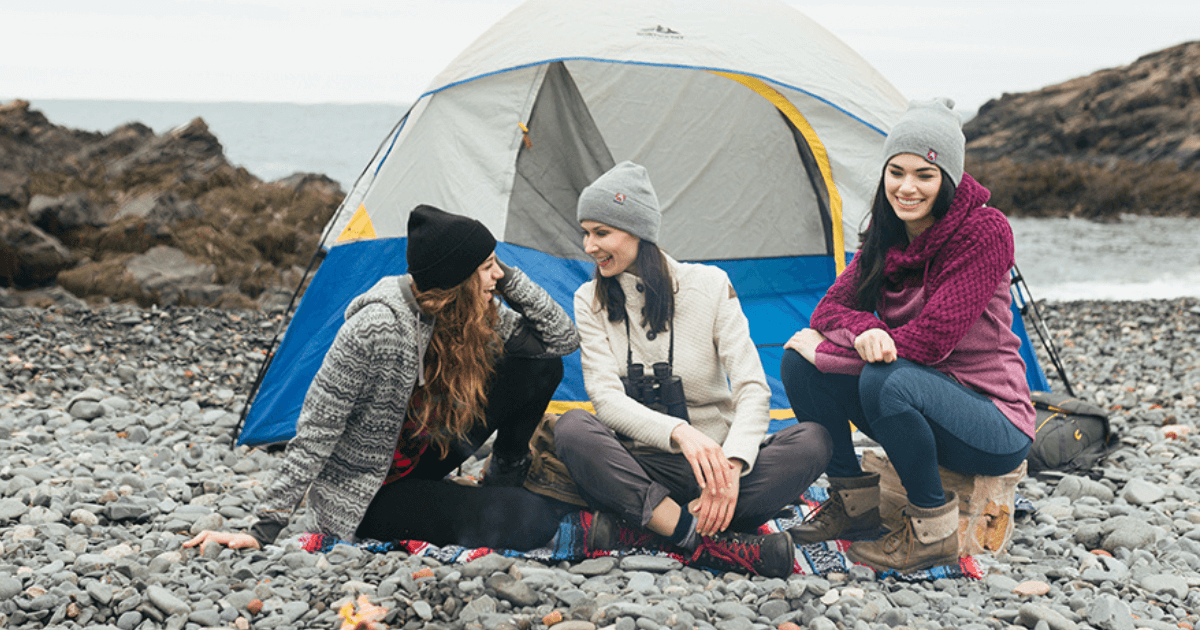Outdoor Brands Come into Play for Licensing

By Mark Seavy
As outdoor product sales continue to climb, licensing is increasingly coming into play.
The category benefitted during the past two years as consumers sought to escape lockdowns by heading into the great outdoors. And while sales in many categories slowed in a post-pandemic world, outdoor brands are displaying staying power. In fact, the category is projected to post a 13.2% increase in annual sales through 2025 to $30.1 billion, according to Statista.
Those anticipated gains mixed with newfound consumer interest—19 million households have tried camping for the first time since 2020, with one-third of that demographic citing the pandemic as a reason—has spurred outdoor brands to shift some focus to licensing.
For example, boat manufacturer Brunswick Corp.—which is home to boating brands including Boston Whaler, Sea Ray, and Mercury Marine—recently hired Global Icons to work with its internal licensing group to bring the brands into apparel, sporting goods, toys, and other products. The move to expand came as the company reported an 18% increase in Q3 net sales and detailed plans for building a new Boston Whaler fiberglass boat plant in Flagler Beach, FL.
Meanwhile, Sun Communities purchased Jellystone Park franchisor Leisure Systems Inc. with plans to expand on its 75 campgrounds that have operated under a licensing agreement with Warner Bros.’ Hanna-Barbera since 1971. The parks have been renamed Camp Jellystone and are part of the newly formed Sun Outdoors Division, which operates 250 recreational vehicle (RV) parks with 28,700 camping sites. And Callaway, which benefitted from the golf boom during the pandemic, last week renamed itself Topgolf Callaway Brands in a nod to the driving range operator it acquired in 2021.
Gains in the outdoor market are here to stay, said Steven Heller, president of The Brand Liaison, which represents outdoor brands like American Outdoorsman, Bearpaw and LIV Outdoors, the latter operated by Birch Outfitter. “This is what the younger generation is embracing. With the emphasis on clean air and healthy living, [outdoor brands] are now a mainstay of consumer daily habits.”
This growth in outdoor brands has also proved to be boon for RV suppliers as they ride the wave of nostalgia. Airstream, for example, whose trailers with rounded edges and polished aluminum bodies have been a mainstay of the RV industry for years, saw sales rise 22% in 2020 and demand is “beyond anything we anticipated,” said Airstream CEO Bob Wheeler.
To attract the all-important Millennial consumers, Airstream launched a new website that’s part travel magazine and part e-commerce shop. It features a Campfire Collection that includes folding wine glasses and an Airstream-branded camping chair along with products from Otterbox (wine tumbler, growler), Rumpl (sleeping bags, blankets) and Solo (stoves).
Winnebago, which claims a 13.2% share of the North American RV market and retained Brandgenuity for licensing in the past, posted a 52% gain in Q2 revenue to the tune of $1.4 billion as RV sales rose 7%. Overall, U.S. RV sales for the year are projected at 530,000 units, down 12% from a year ago as the business slows compared to 2021, Winnebago CEO Michael Happe said.
“Our same-store sales are significantly higher than they were pre-Covid and we believe very strongly that that is structural in nature, both because consumers have adopted a healthier and more active outdoor lifestyle and that there are structural changes in our business,” said Dick’s Sporting Goods CEO Lauren Hobart, whose chain has opened three Public Lands stores targeting outdoor products. “There’s almost nothing structurally the same in our business as there was several years ago.”




